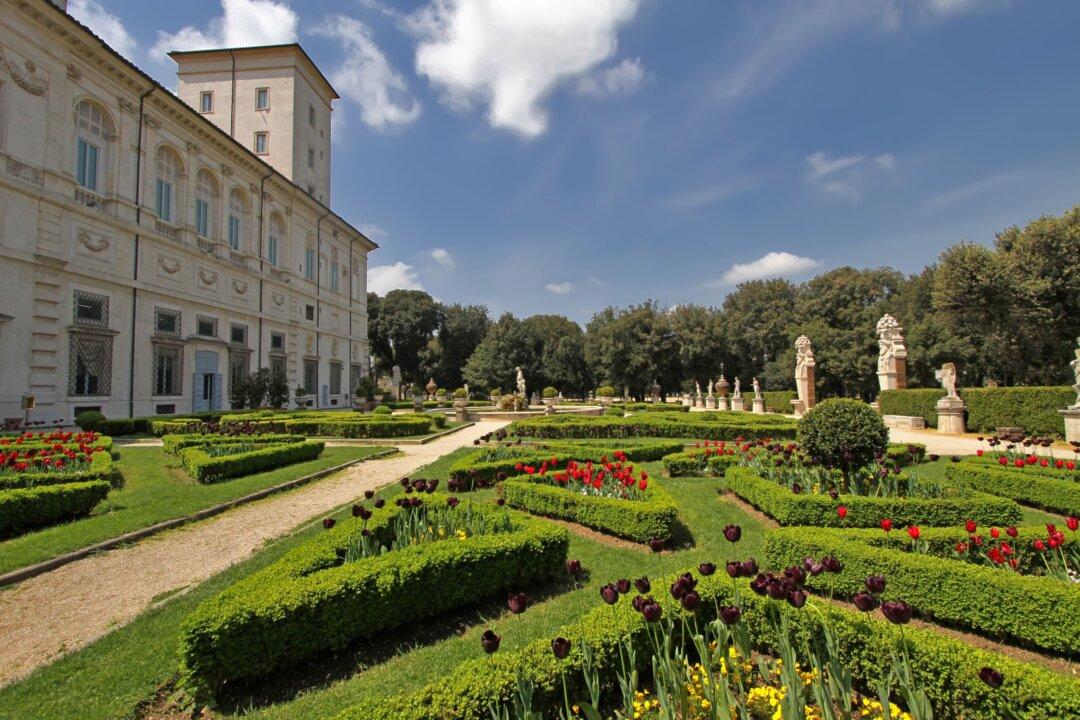In the heart of a bustling city, one can often long for a moment of peace. The large public park in central Rome, known as the Villa Borghese, or museum park, is such a perfect sanctuary. Combining Italian art and nature, this open-air museum is the perfect place to replenish one’s soul.
Located north of the steep slopes of the Spanish Steps, the Villa Borghese features gardens, museums, and diverse attractions, including an artificial island with a temple. Original fountains, sculptures, and Neoclassical and 19th-century buildings combine to form a picturesque space in which one can admire the best of Italian art.






